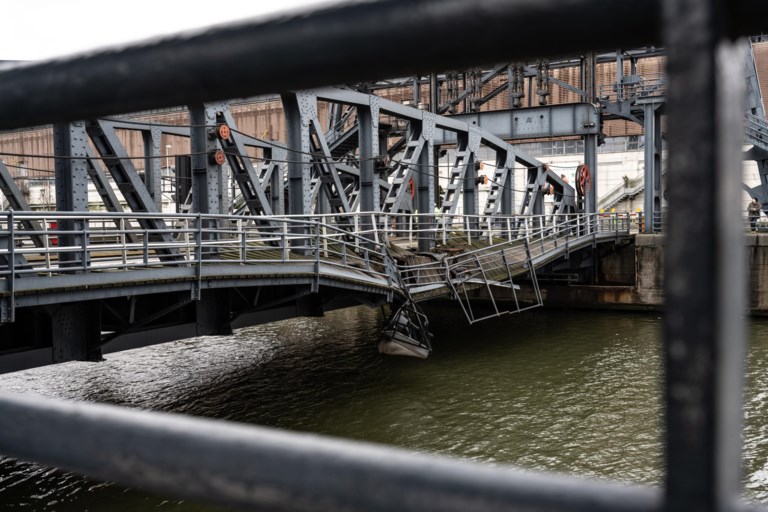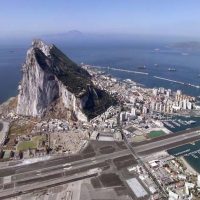Shipping traffic to and from the port of Brussels has been interrupted since a ship has sailed against the Budabrug. This can cause supply problems.
This has never happened before in Brussels, “says Sylvain Godfroid, the spokesperson for the port of Brussels. On Friday evening, the inland shipping tanker Tivor sailed against the Budabrug in Lower-over-Heembeek, while it was lowered. The damage is considerable and difficult to repair. “An investigation has started on how this could happen, but for the time being we are in the dark.”
A ship normally waits for the permission of the person who serves the bridge to sail on. Only when the bridge has been collected and if the skipper gets the green light, it can sail on. The investigation must make clear who went wrong and have to pay for the damage.
Petroleum Depot
The Budabrug was built in 1955 and owes its name to the former Hungarian capital Buda, today Budapest. After the siege of Buda in 1686, which put an end to 150 years of Ottoman regime in the city, the name became popular in our regions. References to Buda can be found from Lower-over-Heembeek to Kortrijk.
Twenty to thirty ships pass a day under the Brussels Budabrug. The bridge spans the Brussels-Scheldt Sea Canal and forms the northern access to the port. Every weekday, 24 hours, the bridge remains staffed. “An important petroleum depot is also established in the harbor,” says Godfroid. There are gasoline, fuel oil and fuel oil. The longer the drawbridge stays closed, the more the supply of those oil products is compromised. “According to our information, the depot has a strategic stick of three days, so far we have not received emergency signals about the stock,” said Godfroid.
If there are really shortages, oil companies can temporarily engage trucks.
Ten Ships Fixed
The channel is one of the few passages for heavy cargo ships between the port of Antwerp and Charleroi. According to Stadskrant BRUZZ, a dozen ships have been stuck. The bridge must therefore be repaired urgently, but it is not easy. “First we tried to place the bridge in a higher position, so that the ships gained access to the harbor. That did not work. Now we have to completely remove the bridge deck to get the Waterweg free. “
The counterweights of the bridge must first be stabilized, then the cables will be removed. Finally, cranes must be used to remove the bridge deck.
This article is originally published on standaard.be



